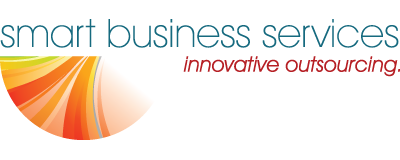07 May Leveraging Your Children’s Lower Tax Rate One of the best places for parents to look for tax savings
|
If you’re a parent, your dependent children can be a source of tax savings. There are the well-known provisions in the tax code such as the Dependent Child Care Credit and the Child Tax Credit, but there’s also an opportunity to shift some taxable income to your children. Shifting income to your children works because the tax rate increases as your income rises. This provides an incentive to shift income to your lower-earning dependent children. Here’s how to make it work: Shifting income rulesIn 2018, the first $1,050 of unearned income for each child is not taxed and the next $1,050 in unearned income is taxed at the lowest rate of 10 percent. Typical unearned income includes interest, dividends, royalties and investment gains. Tip: Transfer enough income-producing assets to each child to approach the annual unearned income limits as closely as possible. Depending on your marginal tax rate you could be saving as much as 37 percent in federal income tax on the transferred amounts. Tip: In addition to the unearned income, consider purchasing investments that will have long-term capital gain appreciation. This may help manage the timing and rate of capital gains tax when the investment is later sold. Tip: Remember excess investment income could be subject to the additional 3.8 percent Medicare surtax. Any investment income that can be shifted to your children could also save you this additional tax bite as well. Caution: The Tax Cuts and Jobs Act passed last year now uses the estates and trusts tax rates to calculate a “kiddie tax” on any unearned income over $2,100. Using that tax table, your child’s unearned income rate would scale up to 37 percent after it surpasses $12,500. Leverage your children’s earned incomeIncome your children make from wages is considered earned income. If you own a small business, finding ways to employ your children can be a way to shift income from your higher tax rate to their lower rate. Care must be taken to be able to defend the work being done by your child and the amount they receive for their work. Some ideas include:
Tip: If you are a sole proprietor you may hire your dependent children under age 18 and won’t be required to pay Social Security and Medicare taxes. Caution: Moving assets from you to your children could affect their ability to receive financial aid for college. Make sure to consider how your tax strategy affects college financing. There are many opportunities to leverage the tax advantages of having children. Reach out if you’d like help creating a plan for your family. |

